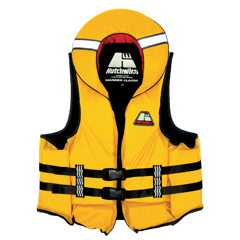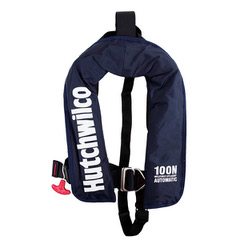No one likes the idea of a bulky lifejacket that restricts them from enjoying their watersport so it’s key to get the right one.
Whether you are fishing, boating or out paddling on the water, make sure you talk to your local lifejacket supplier or our Harbourmaster Team about what is the best type of lifejacket or other Personal Flotation Device for your activity.
Or find out more here: Types of lifejackets - Maritime NZ






